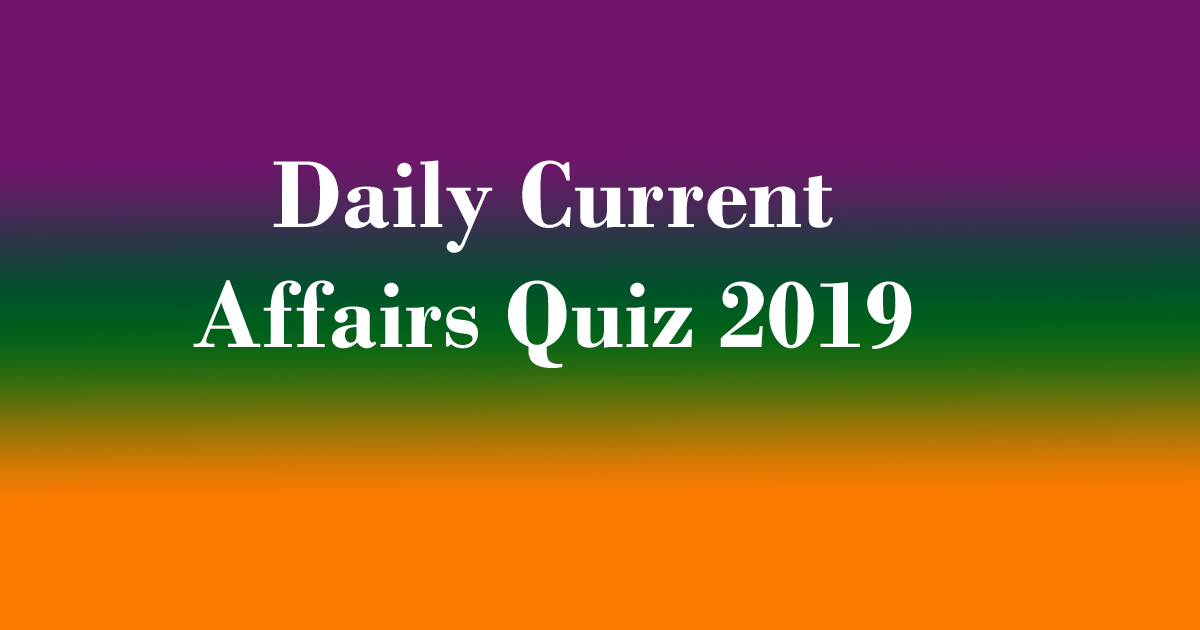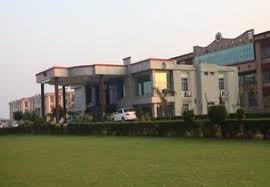
World Diabetes Day is marked on November 14 every year. It coincides with the birthday of Sir Frederick Banting, who insulin alongside Charles Best. This year’s theme for World Diabetes Day is “Family and Diabetes”.
More than 420 million people worldwide affected by diabetes. China has the highest number of patients (11.43 cr.) followed by India (7.29 cr.) in 2017. India’s National Non-Communicable Disease (NCD) Target is to prevent the rise in obesity and diabetes prevalence. National Programme for Prevention and Control of Cancers, Diabetes, Cardiovascular Diseases and Stroke (NPCDCS) in 2010 to provide support for diagnosis and cost-effective treatment at various levels of health care.
Diabetes:
Diabetes is a disease that occurs when your blood glucose, also called blood sugar, is too high. There are two types of Diabetes, Type I and Type II. Type I diabetes is also known as juvenile diabetes (as it mostly affects children of age 14-16 years), this type occurs when the body fails to produce sufficient insulin. People with type I diabetes are insulin-dependent, which means they must take artificial insulin daily to stay alive. Type 2 diabetes affects the way the body uses insulin. While the body still makes insulin, unlike in type I, the cells in the body do not respond to it as effectively as they once did.
Diabetes affects the five major organs namely, Kidney, Heart, Blood vessels, Nervous System, and Eyes (retina). The factors responsible for the increase in diabetes are an unhealthy diet, lack of physical activity, harmful use of alcohol, overweight/obesity, tobacco use, etc.





